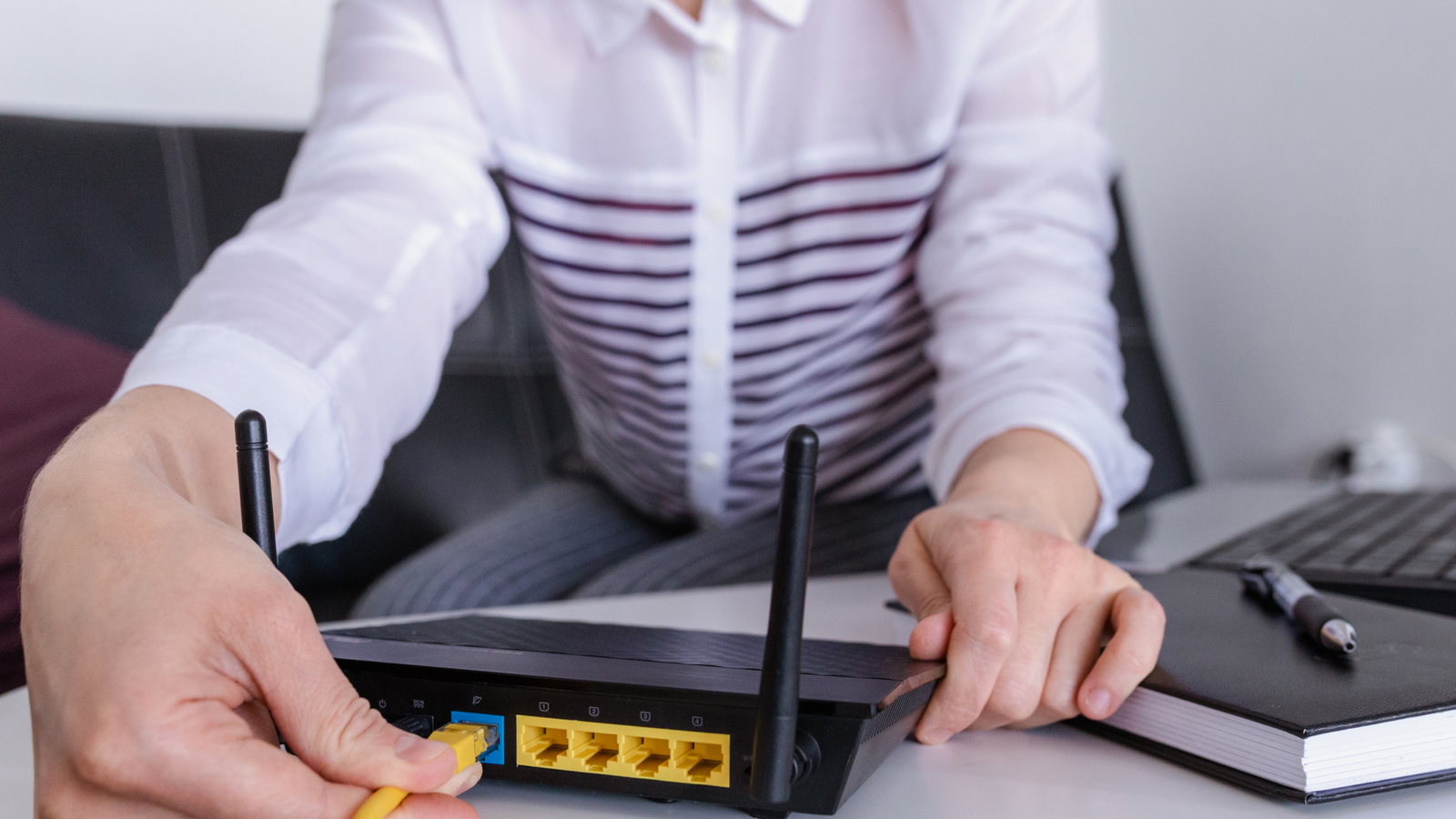In today’s hyper-connected world, broadband networks must deliver seamless, high-speed internet with minimal downtime. Network providers constantly seek ways to optimize performance, reduce outages, and enhance user experience. One critical yet often overlooked component in this ecosystem is the Customer Premises Equipment (CPE).
But what exactly is CPE, and how does it contribute to broadband network monitoring? More importantly, why should internet service providers (ISPs) and network administrators pay closer attention to CPE insights?
This article explores the pivotal role of CPE in broadband network monitoring, how it improves service quality, and why it’s a game-changer for ISPs aiming to stay ahead in a competitive market.
What Is CPE in Broadband Networks?
Customer Premises Equipment (CPE) refers to any hardware device located at the subscriber’s location that connects them to a service provider’s network. Common examples include:
- Modems
- Routers
- Gateways
- Set-top boxes
- Optical Network Terminals (ONTs)
Traditionally, CPE was seen as a passive endpoint—merely facilitating connectivity. However, with advancements in network monitoring and analytics, modern CPE devices now play an active role in diagnosing, troubleshooting, and optimizing broadband performance.
Why CPE Monitoring Matters for Broadband Networks
1. Real-Time Performance Insights
CPE devices collect valuable data on:
- Signal strength
- Latency & jitter
- Packet loss
- Bandwidth utilization
By analyzing this data, ISPs can detect issues before they escalate, ensuring smoother connectivity for end-users.
2. Proactive Troubleshooting & Reduced Downtime
Instead of waiting for customers to report issues, ISPs can use CPE-generated alerts to:
- Identify failing hardware
- Detect signal degradation
- Spot unauthorized access or security threats
This proactive approach minimizes service disruptions and improves customer satisfaction.
3. Enhanced Quality of Service (QoS)
By monitoring CPE data, ISPs can:
- Prioritize critical traffic (e.g., VoIP, streaming)
- Optimize bandwidth allocation
- Enforce fair usage policies
This ensures a consistent, high-quality experience for all users.
4. Remote Diagnostics & Self-Healing Networks
Modern CPE supports remote diagnostics, allowing ISPs to:
- Reboot devices without a technician visit
- Push firmware updates to fix bugs
- Adjust configurations for optimal performance
This reduces operational costs and speeds up issue resolution.
5. Customer Experience & Retention
A well-monitored CPE means:
- Fewer service calls
- Faster resolution times
- Higher customer trust
Happy customers are less likely to switch providers, directly impacting churn rates.
Key Technologies Enabling CPE-Based Network Monitoring
To fully leverage CPE for network monitoring, ISPs rely on several key technologies:
1. TR-069 & TR-369 (User Services Platform – USP)
These protocols allow remote management of CPE devices, enabling:
- Automated provisioning
- Real-time performance monitoring
- Firmware updates
2. Artificial Intelligence (AI) & Machine Learning (ML)
AI-driven analytics can:
- Predict hardware failures
- Detect abnormal usage patterns
- Optimize network traffic dynamically
3. Software-Defined Networking (SDN) & Network Function Virtualization (NFV)
These technologies allow ISPs to:
- Centrally manage CPE functions
- Deploy virtualized network services
- Scale operations efficiently
4. Cloud-Based Monitoring Platforms
Centralized dashboards aggregate CPE data, providing:
- Historical performance trends
- Automated alerts
- Customizable reports
Challenges in CPE-Based Network Monitoring
While CPE monitoring offers immense benefits, ISPs face some hurdles:
1. Device Heterogeneity
Different CPE models from various vendors may lack standardization, making unified monitoring difficult.
Solution: Adopt open standards like TR-069 and ensure vendor compliance.
2. Data Overload
With millions of CPE devices, processing vast amounts of data can be overwhelming.
Solution: Use AI-driven analytics to filter actionable insights.
3. Security & Privacy Concerns
Remote CPE management raises cybersecurity risks (e.g., unauthorized access).
Solution: Implement strong encryption, authentication, and regular firmware updates.
4. Customer Privacy
Collecting CPE data must comply with GDPR, CCPA, and other privacy laws.
Solution: Ensure anonymized data collection and transparent policies.
Future Trends: How CPE Monitoring Will Evolve
The role of CPE in network monitoring is set to expand with:
1. 5G & Wi-Fi 6 Integration
Next-gen CPE will support:
- Multi-gigabit speeds
- Lower latency
- Better IoT device handling
2. Edge Computing
CPE devices will process data locally, reducing cloud dependency and improving response times.
3. Predictive Maintenance
AI will enable ISPs to replace failing CPE before customers notice issues, further reducing downtime.
4. Enhanced Customer Self-Service
Future CPE dashboards may allow end-users to:
- Run diagnostics
- Optimize Wi-Fi settings
- Request assistance via chatbots
Conclusion: CPE Monitoring Is a Competitive Advantage
Gone are the days when CPE was just a “dumb” endpoint. Today, it’s a powerful tool for real-time network monitoring, predictive maintenance, and customer satisfaction.
ISPs that invest in advanced CPE analytics, AI-driven insights, and remote management will:
✅ Reduce operational costs
✅ Improve service reliability
✅ Gain a competitive edge
The future of broadband isn’t just about faster speeds—it’s about smarter networks, and CPE is at the heart of this transformation.
